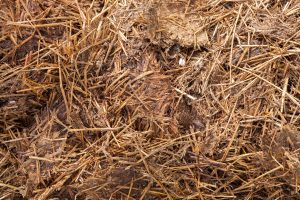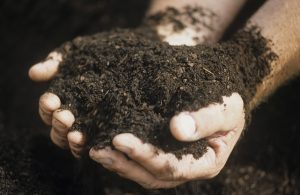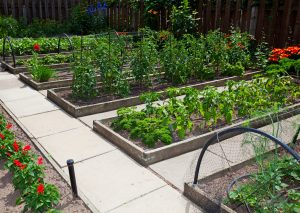Proper Soil Mixes for a Raised Bed Vegetable Garden
Raised beds are excellent options for those who don’t have access to traditional gardens or are looking for an easier way to garden. The real challenge with these raised beds is to get the right soil mix for your container.
Raised beds are quite different from pots and you must work to create the right balance of moisture and nutrients in this environment. Here are some helpful suggestions:
Topsoil and Compost Mix
This is the simplest option when it comes to creating a good soil mix and is excellent for larger beds or containers. If you want a nutrient-heavy base soil, this is the combination to begin with. This mix consists of topsoil and compost, combined together in equal parts.
It is imperative that this topsoil has been screened as you are starting a new garden. The compost should be as clean as possible as well to add all of the relevant nutrients to the soil. This is why it would be better to rely on fresh compost rather than the bagged options. Make sure to add more compost to the mix every spring.
3 Soil Mix
 There are other gardeners who prefer to start from scratch with their soil mix. This ensures that you will not have to be concerned about weeds growing in your new garden. To achieve this soil mix, you need three ingredients: vermiculite, peat moss, and blended compost.
There are other gardeners who prefer to start from scratch with their soil mix. This ensures that you will not have to be concerned about weeds growing in your new garden. To achieve this soil mix, you need three ingredients: vermiculite, peat moss, and blended compost.
For a smaller planter, you can use equal parts for each of the components. Also, instead of vermiculite, you can use coconut coir or perlite as there is a greater need for moisture retention and aeration. For larger containers, use 1/4th of peat moss and vermiculite, with the remainder made up of compost.
The Lasagna Method
 Colloquially referred to as the ‘lasagna’ method, this mix is used for very tall beds. This is the best way to minimize costs associated with taller containers while still providing the nutrition that your plants need. The bottom of the bed will be reserved for grass clippings and shredded leaves. Try to use two parts shredded leaves for one part grass clippings. You can also use wood chips, straw, or shredded bark.
Colloquially referred to as the ‘lasagna’ method, this mix is used for very tall beds. This is the best way to minimize costs associated with taller containers while still providing the nutrition that your plants need. The bottom of the bed will be reserved for grass clippings and shredded leaves. Try to use two parts shredded leaves for one part grass clippings. You can also use wood chips, straw, or shredded bark.
The purpose here is to create a layer that will compost over time. On top of this layer, you can place a compostable barrier. Untreated cardboard works well for this mix. Over this, you can use the soil mix of your choice. It is normal for the level of your bed to decrease and you can keep adding compost to top it off.
The exact pH value of any of these soil mixes will have to be determined carefully. Plants tend to have differing requirements in terms of how acidic or alkaline the soil needs to be in order for it to grow.
This is why you should always test the pH level before you attempt to grow anything in your raised bed. You will have a much better chance of your garden flourishing if it is planted in a suitable environment.
To learn more about vegetable gardening of various kinds, you should absolutely check out The MiniFarming Guide to Vegetable Gardening.


